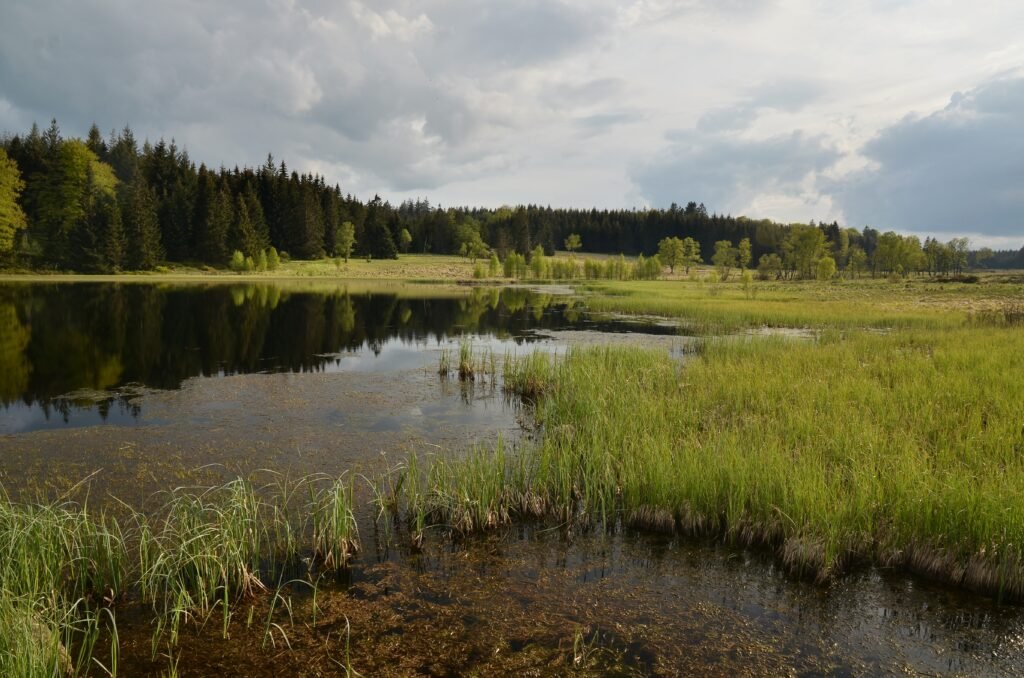Picture a landscape that is perpetually shrouded in mist, where the earth feels like a sponge beneath your feet. This is a peat bog, an ecosystem that is often overlooked, yet holds a secret superpower. These wetlands are more than just soggy marshes; they are crucial players in the battle against climate change. By trapping carbon more effectively than even the lushest rainforests, peat bogs serve as nature’s own carbon vaults. But how exactly do they pull off this miraculous feat? Let’s delve into the hidden world of peat bogs and explore their astonishing role in carbon sequestration.
What Are Peat Bogs?
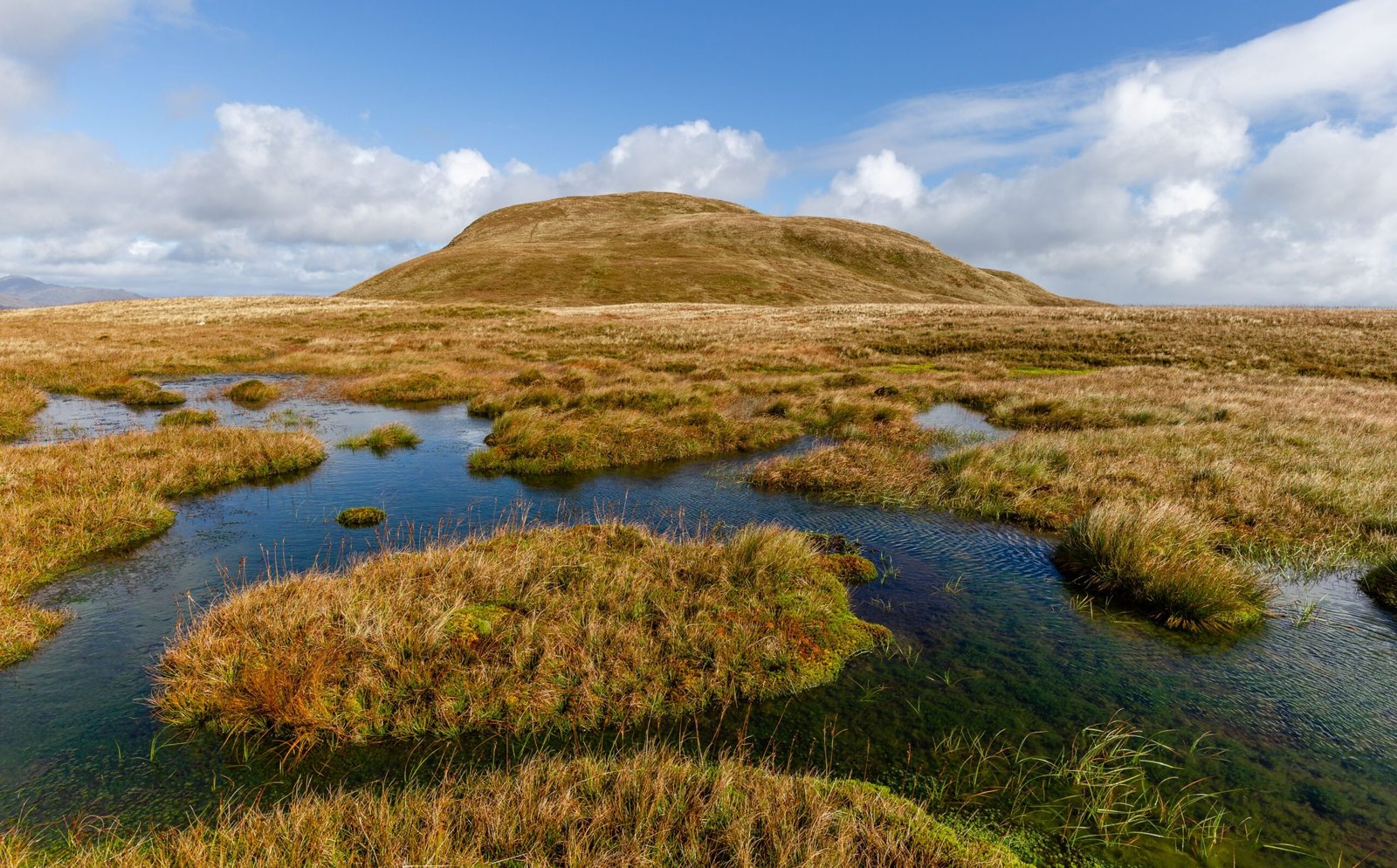
Peat bogs are a type of wetland found in cooler regions across the globe, from the northern reaches of Canada to the moorlands of Scotland. They are characterized by waterlogged conditions that slow down the decomposition of plant material. Over thousands of years, layers of partially decayed vegetation accumulate, forming peat. This unique environment creates a rich tapestry of life, providing a habitat for specialized plants and animals. Due to their ability to store vast amounts of water, peat bogs also help in regulating local hydrology and mitigating floods. Their spongy surfaces are a testament to the complex interplay between water, vegetation, and soil that defines them.
The Carbon Trapping Mechanism
One of the most remarkable features of peat bogs is their ability to trap carbon. As plants grow, they absorb carbon dioxide from the atmosphere through photosynthesis. In peat bogs, the waterlogged conditions inhibit the decomposition of dead plant material, preventing the release of this stored carbon back into the atmosphere. Instead, layers of peat accumulate, locking away carbon for millennia. It’s like putting carbon into a bank account that accrues interest over time but is never withdrawn. This process makes peat bogs one of the most effective natural carbon sinks on the planet.
Peat Bogs vs. Rainforests
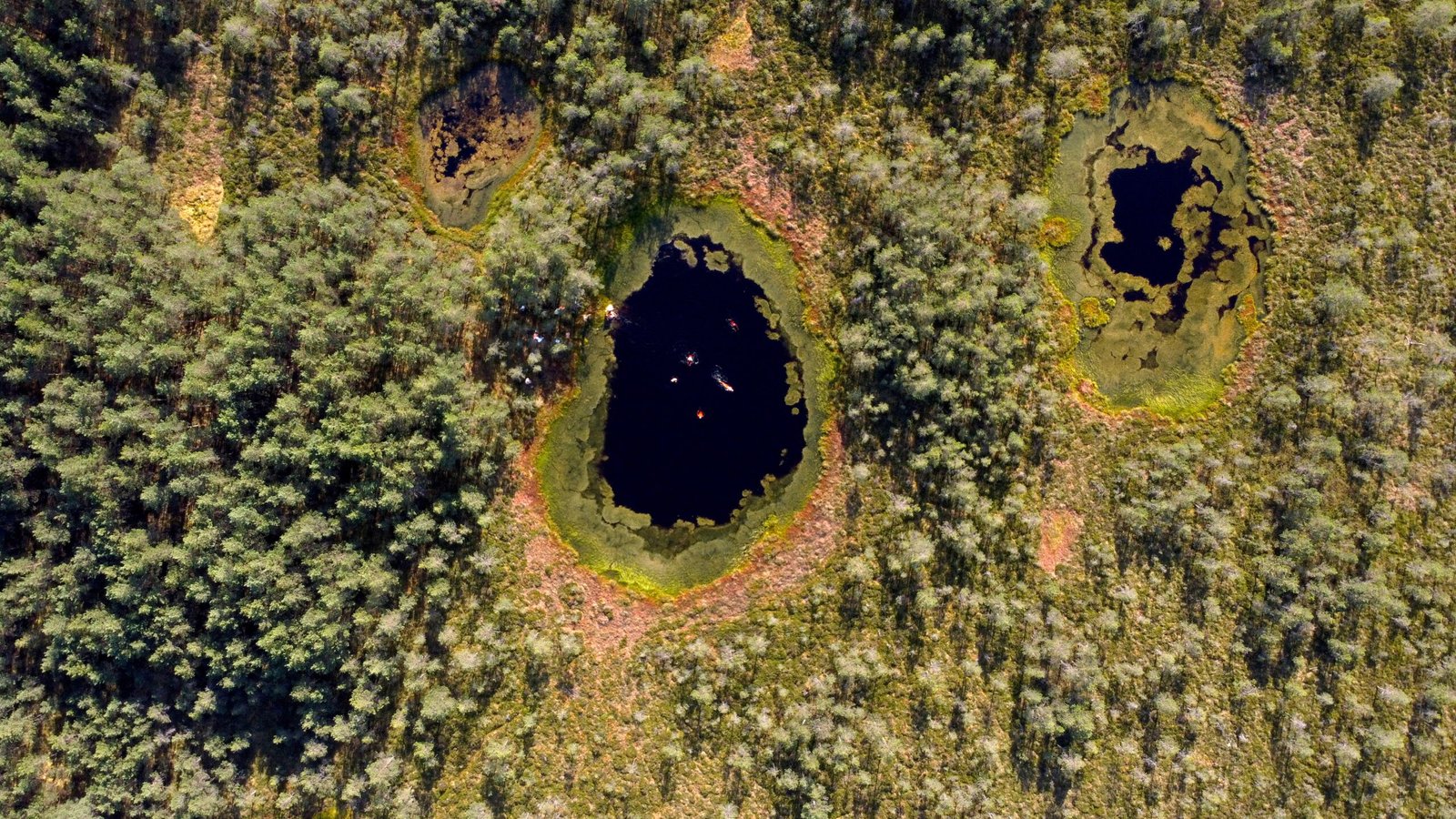
When we think of carbon sequestration, rainforests often come to mind. However, peat bogs can actually store more carbon per unit area than rainforests. While tropical rainforests are dense with vegetation and have high rates of carbon uptake, they also have rapid decomposition rates. In contrast, the slow decay process in peat bogs means that carbon remains locked away for much longer periods. Imagine a treasure chest buried deep underground, untouched and preserved through the ages—this is the role peat bogs play in the carbon cycle.
The Global Distribution of Peat Bogs
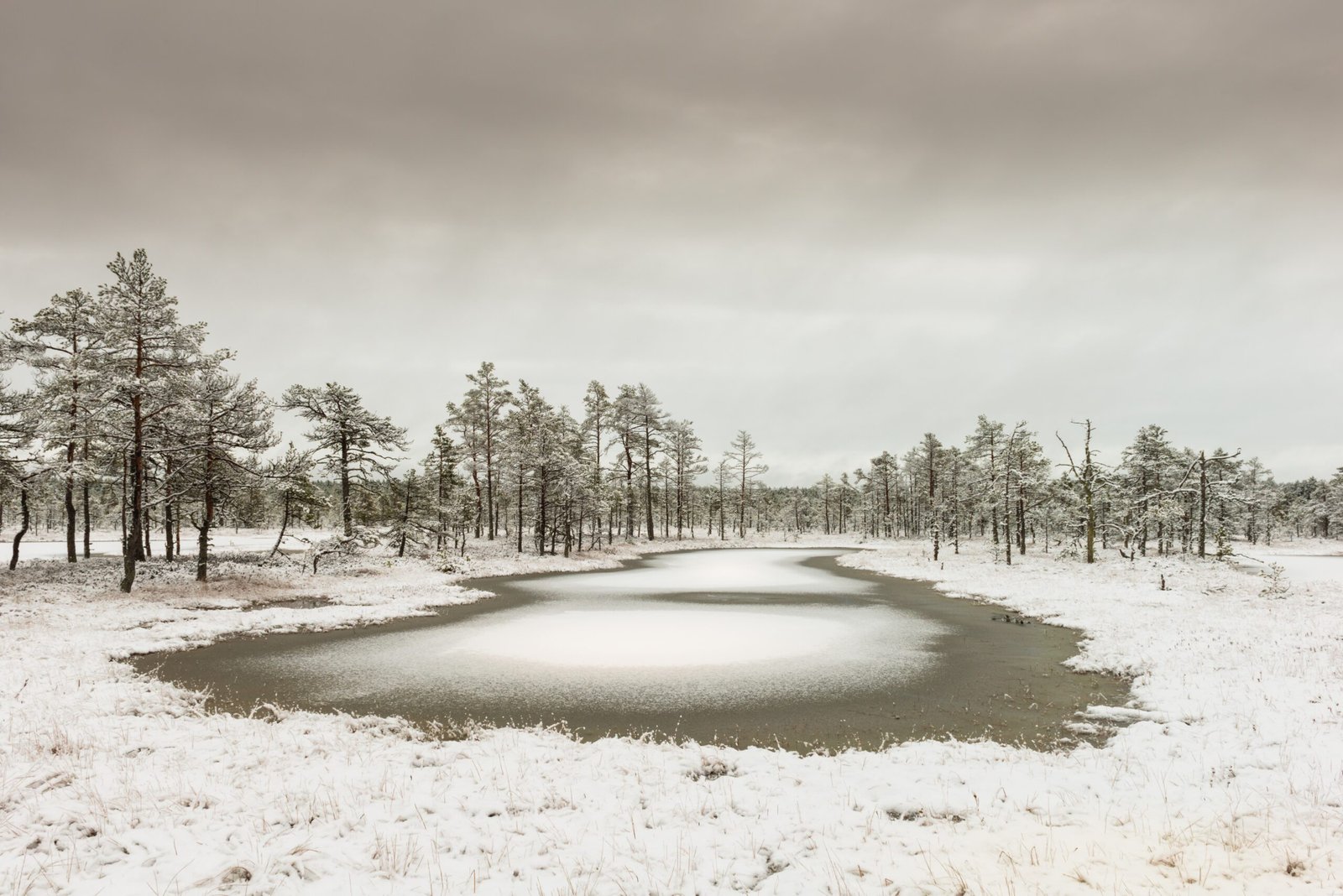
Peat bogs are found on every continent except Antarctica, with significant concentrations in the northern hemisphere. Countries like Russia, Canada, and Indonesia hold some of the largest peatland areas. Each region boasts its own unique species of flora and fauna, adapted to the specific conditions of their environment. The global distribution of peat bogs highlights their universal importance in carbon sequestration and biodiversity. They serve as a reminder of the interconnectedness of ecosystems and the need for international cooperation in their preservation.
The Threats Facing Peat Bogs
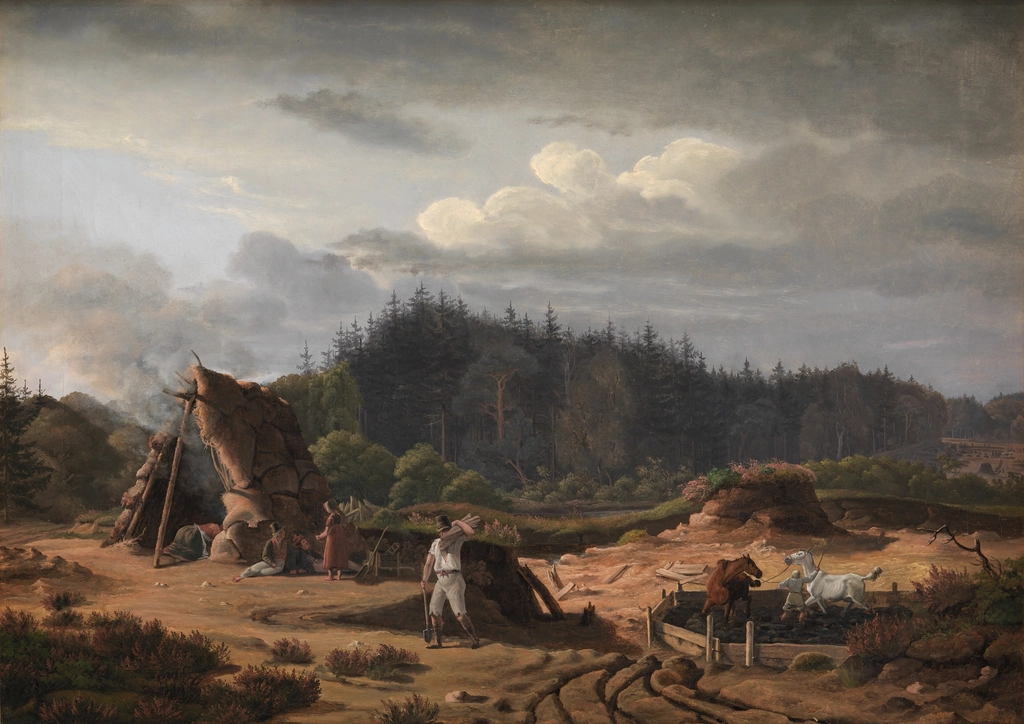
Despite their critical role in carbon storage, peat bogs are under threat from human activities. Drainage for agriculture, peat extraction for fuel, and land development are some of the primary causes of peatland degradation. When peat bogs are disturbed, the stored carbon is released, contributing to greenhouse gas emissions. It’s akin to opening a Pandora’s box, unleashing long-sequestered carbon into the atmosphere. Protecting these vital ecosystems is essential to maintaining their carbon storage capacity and preventing further climate change.
Conservation Efforts and Challenges
Efforts to conserve peat bogs are gaining momentum, but challenges remain. Restoration projects aim to reestablish natural water levels and reintroduce native vegetation. These initiatives require collaboration between governments, local communities, and environmental organizations. However, balancing conservation with economic interests poses significant challenges. For instance, in regions where peat is harvested as a source of fuel, transitioning to alternative energy sources is necessary to reduce pressure on peatlands. The path to conservation is complex, but the potential rewards are immense.
The Role of Peat Bogs in Biodiversity
Peat bogs are not just important for carbon storage; they are also biodiversity hotspots. They provide a haven for a wide array of plant and animal species, some of which are found nowhere else on Earth. Carnivorous plants like sundews and pitcher plants thrive in these nutrient-poor environments, showcasing nature’s adaptability. The unique conditions of peat bogs also support rare bird species and a myriad of insects. This rich tapestry of life underscores the ecological value of peat bogs beyond their role in carbon sequestration.
Peat Bogs and Climate Regulation
The significance of peat bogs extends to climate regulation. By storing vast amounts of carbon, they help stabilize the Earth’s climate. The cooling effect of peatlands is crucial in mitigating the impacts of global warming. Consider peat bogs as Earth’s natural air conditioners, quietly working to maintain a stable climate. Their role in regulating local weather patterns further emphasizes their importance in the global ecological balance. Protecting peat bogs is not just about carbon storage; it’s about preserving a vital component of the Earth’s climate system.
The Future of Peat Bogs
The future of peat bogs depends on our actions today. As awareness of their importance grows, so too does the opportunity to protect and restore these ecosystems. Technological advancements in remote sensing and data analysis provide new tools for monitoring peatland health. Public education campaigns are crucial in raising awareness and fostering a sense of stewardship among communities. The path forward requires a collective effort to ensure that peat bogs continue to serve as carbon sinks and biodiversity havens for generations to come.
Final Thoughts
Peat bogs are nature’s unsung heroes, quietly performing the essential task of carbon sequestration. Their ability to trap carbon more effectively than rainforests is a testament to their ecological value. As we face the challenges of climate change, peat bogs offer a natural solution that requires our protection and appreciation. By understanding and valuing these unique ecosystems, we can unlock their potential to combat climate change and preserve biodiversity. Let us embrace the secret superpower of peat bogs and work together to safeguard their future.

